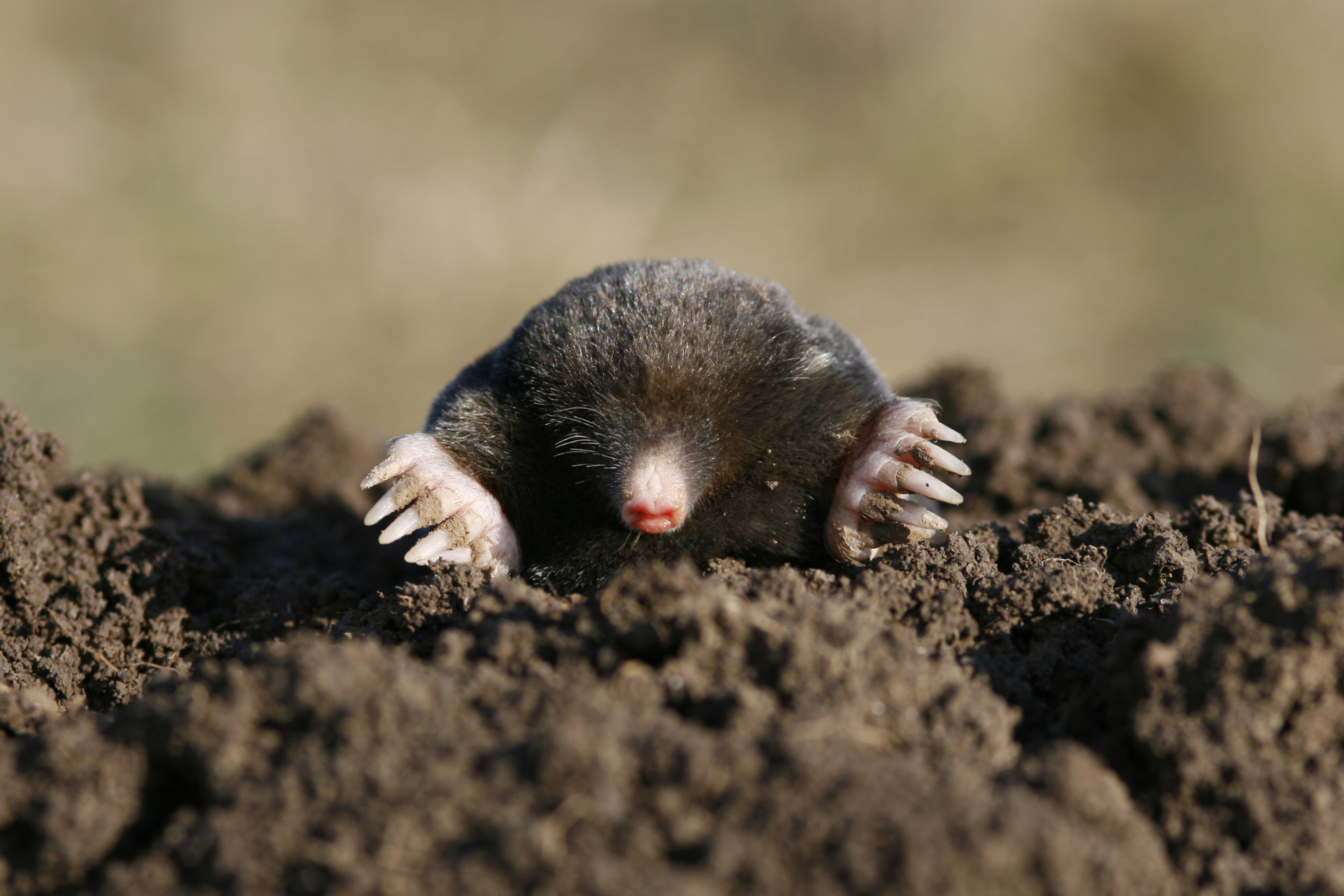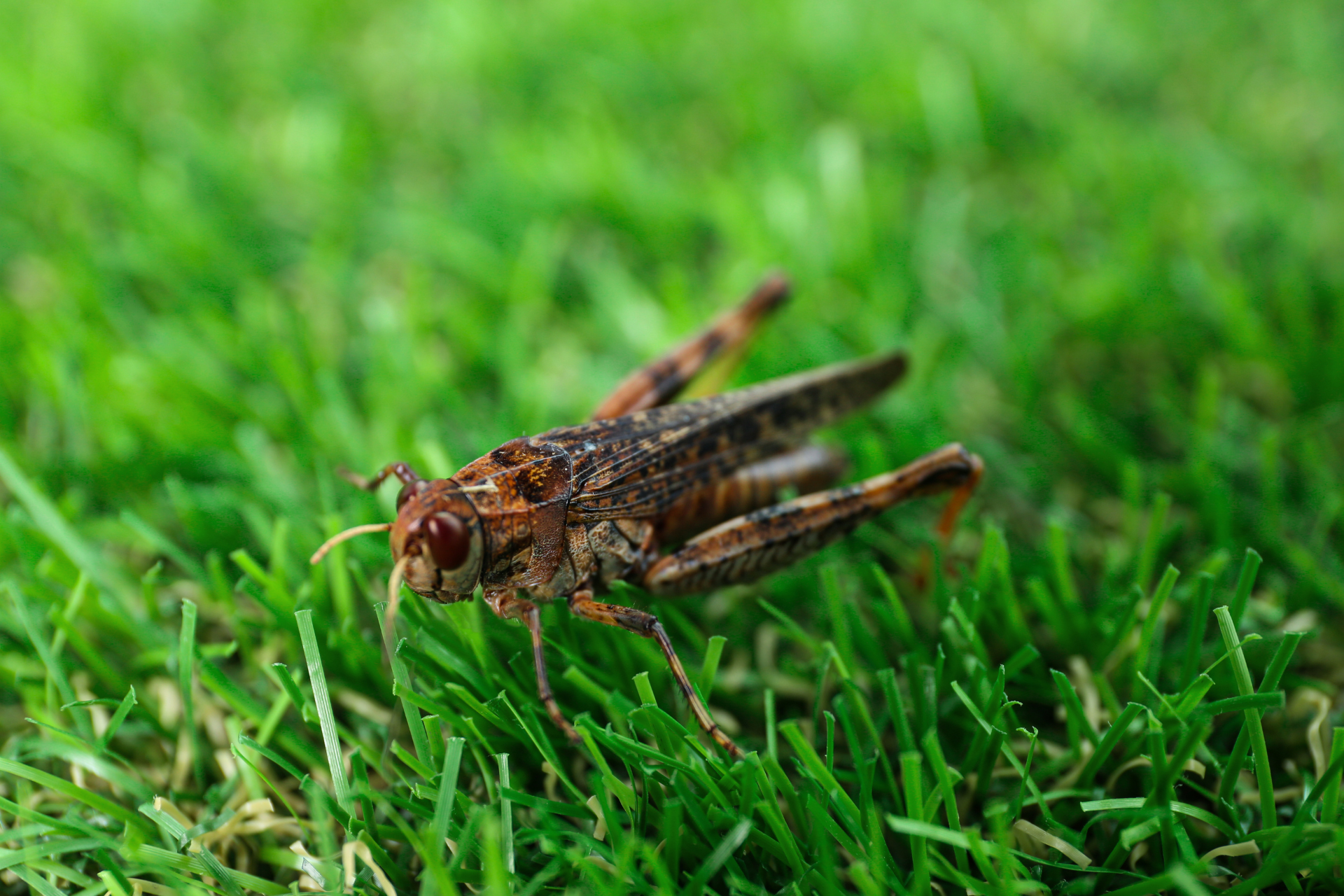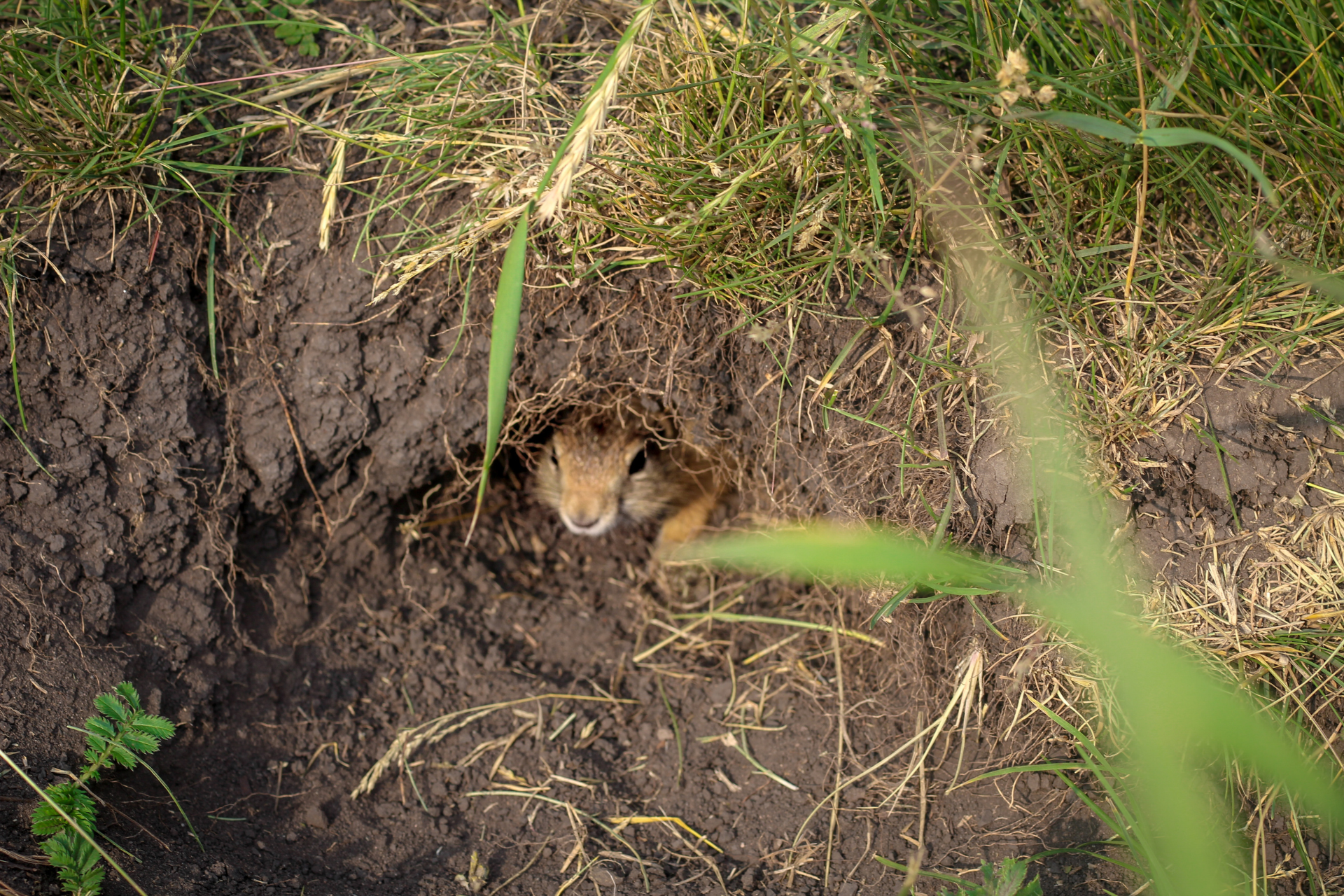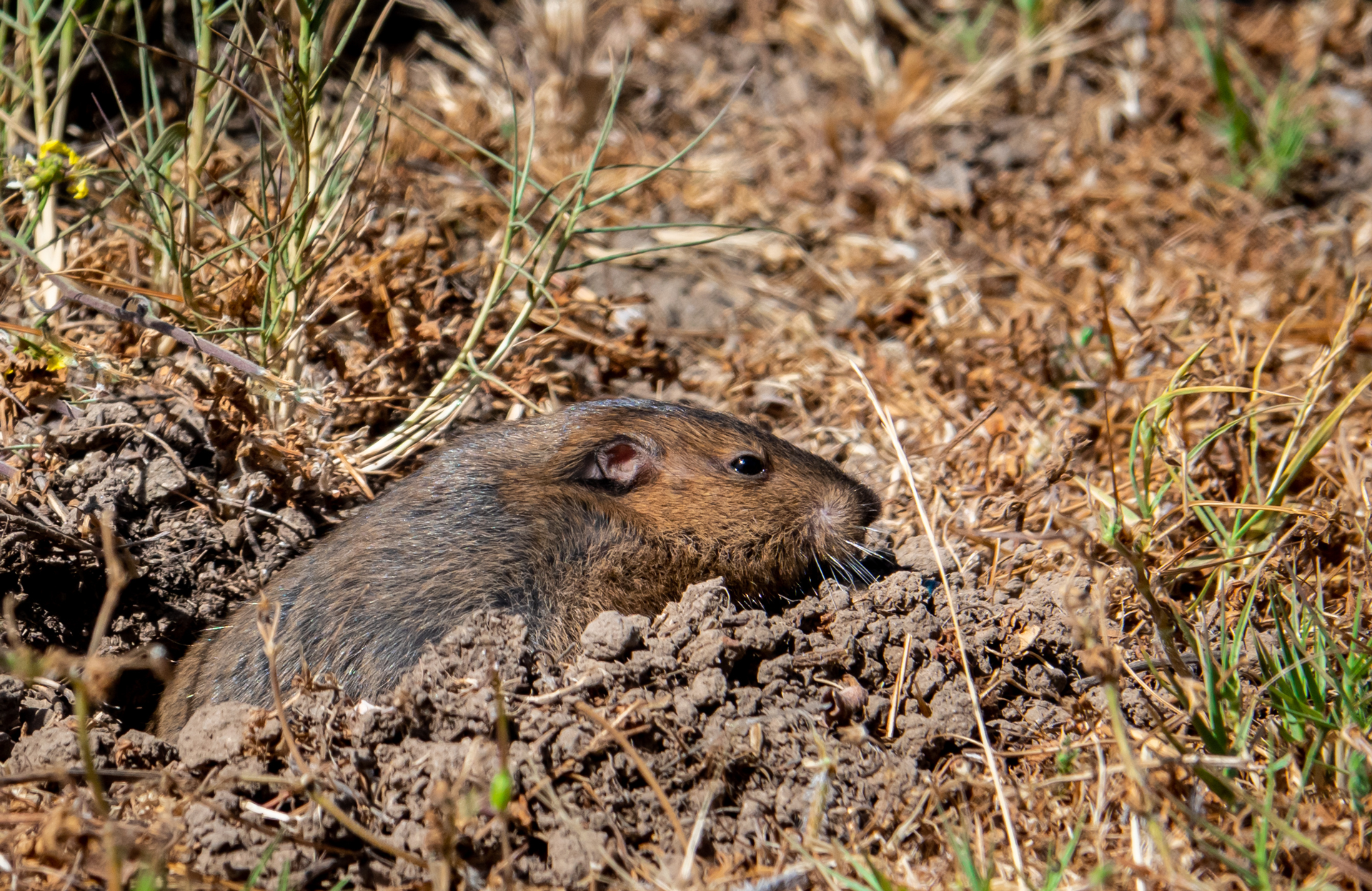Can Indoor Pests Make You Sick?
Most people are familiar with the dangers of wild animals, but what about indoor pests? Though they may seem harmless and unassuming, many of them pose a health risk to occupants, and chances are you underestimate the potential consequences. For example, homeowners often find it easier to ignore ants and fleas as a mere nuisance. But little do they know; they may be endangering their friends and family by letting uncontrolled populations of indoor pests run rampant.
Indoor pests are associated with a broad range of problems, from disease transmission to costly property damage. According to the Centers for Disease Control and Prevention (CDC), most homeowners have experienced pest problems involving termites, fleas, fire ants, rodents, cockroaches, or flies. Check out the United States Environmental Protection Agency (EPA) website for a comprehensive list of significant pests.
The Dangers Of Indoor Pests
As one of the most widely distributed insects in the United States, houseflies pose a significant public health risk. Flies are classified as either biting or nonbiting. Though the domestic housefly is a nonbiting species, they are still considered the most threatening because of their proximity to humans and propensity for carrying dangerous diseases. As nonselective eaters, houseflies traverse clean and dirty spaces alike, and a single housefly can hold over 1 million bacteria on its body. In addition, they tend to thrive in unsanitary conditions, contaminating uncovered surfaces and food supplies with bacteria they’ve picked up from rotting food, trash, and feces. In warm regions, they are associated with spreading eye and enteric infections.
Ants are one of the more surprising indoor pests that introduce disease. When most people think of household ants, they envision a Congo line of tiny bugs leading from their garbage bin to the outdoors—irritating but harmless. Then there are the horror stories involving fire ants feasting on birds and swarming their prey. But that’s rare and happens outside the home, right? We’re sorry to report that even an ordinary ant can deliver a sharp sting. Fortunately, most people get away with nothing more than a mild irritation. However, if you are part of the 5 percent of Americans allergic to Hymenoptera, you may be vulnerable to a severe immunologic response called anaphylaxis. As an example, a 25-year-old woman who was stung by a small black ant immediately developed signs of an allergic reaction and twenty minutes later she was transported to the emergency room with respiratory distress.
Even the most inconspicuous insects can present a health risk. Nearly everyone has come across a little bugger in a bag of uncooked rice or unsuspecting box of cereal. These “panty bugs” love feasting on pasta, bread, crackers, and other dried goods commonly stored in the pantry. They are also among the most common household pests, typically originating in food processing and storage facilities. You may even have accidentally eaten one before without knowing it. Thankfully, they are not usually associated with direct adverse effects. However, they tend to contaminate more food than they eat and can transmit harmful pathogens in their wake.
In addition to vector-borne diseases, many indoor pests can trigger asthma attacks and exacerbate allergy symptoms. For example, most people associate cockroaches with disgusting garbage and impressive survivability. However, they are also primarily responsible for non-seasonal allergies. According to the Asthma and Allergy Foundation of America, 63 percent of American homes contain cockroach allergens. An estimated 20 million people have a dust mite allergy. Furthermore, evidence shows that the allergens they produce may induce asthma in preschool-aged children.
Preventing Indoor Pests
Though indoor pests can pose a health risk, there is no need to stress. You can avert many of the most severe concerns by maintaining a neat and tidy home. Eliminate garbage as much as possible, utilize covered bins, and vacuum regularly. Additionally, you should keep food items properly stored in sealed containers, denying rodents and insects easy access. Exclusion is another essential element of pest control. For instance, you can utilize caulking to fill cracks, holes, and other access points. In need of expert assistance? A specialist from 101 Gopher & Pest Control can help identify areas of concern and develop a plan for keeping your home pest-free.
High-Quality Pest Control In Ventura & Los Angeles Counties
If preventative measures should fail, not all hope is lost. A professional pest control company can contain and eliminate problematic pests. At 101 Gopher & Pest Control, we offer comprehensive pest control services for indoor and outdoor conditions.
Contact us today to learn about the services we offer and how we can help you maintain a safe environment free of health risks posed by indoor pests.
About Us
We have been providing expert pest control service to customers across Ventura and Los Angeles Counties for more than 20 years.
All Rights Reserved | 101 Gopher & Pest Control










